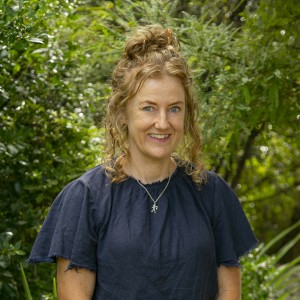One aspect of the inquiry is to learn how peoples actions and activities can change our local waterways as can environmental factors such as cyclones and eruptions.
The class learned about the history of our local waterways and the role we, as individuals, can take to care for them into the future so they remain taonga.
Starting the inquiry with the Waikato River, students were asked to write something they know about the Waikato River and something they wonder about it.
This is where we ran into a very skinny problem. The students' questions were so skinny. Examples included:
- I wonder how long the river is?
- I wonder how fast the river goes?
- I wonder if there is a dam on the river?
- I wonder how many dams are on the river?
- I wonder what temperature the river is?
Skinny, skinny, skinny. In fact most of these questions were so skinning they could be answered with one word. Help! Not much learning about the Wairakei River is going to come from these questions.
Luckily, the next step for writing was to learn about open and closed or fat and skinny questions as part of writing to communicate. During the writing session students explored skinny and fat questions. They looked at the type of words that start skinny questions and the types of information you get from asking a skinny question. Then they looked at fat questions and explored question starters that help you create a fat question.
Students learnt that both types of questions are important. Basically a skinny question will give you a fact. A fat question will promote thinking and potentially lead to deeper learning.
So the challenge was to try again. Using their new understandings around questions and the question starters for fat questions. Students had to create a fat wondering or question about the Waikato River.
Revised fat question examples
Make a prediction about what might happen if one of the dams on the river broke?
Give three reasons why the Waikato River is polluted in some places?
Explain how the Māori people used the river in the old days?
Explain what pollutes the Waikato River?
Predict what might happen if the Waikato River dried up?
In what ways did people use the Waikato River in the old days?
Explain why the Waikato River changed course and now reaches the sea on the west coast?
Make a prediction about what the Waikato River might be like in 100 years? Explain why you think this?
Students began to realise how much more interesting and challenging these fat questions were.
I wrote two fat questions just to be sure that one of them was really fat.
Fat questions are a lot more meaty than skinny questions.
I know a lot more about the difference between fat and skinny questions.
It can be hard to answer a fat question.


Comments are disabled for this post.